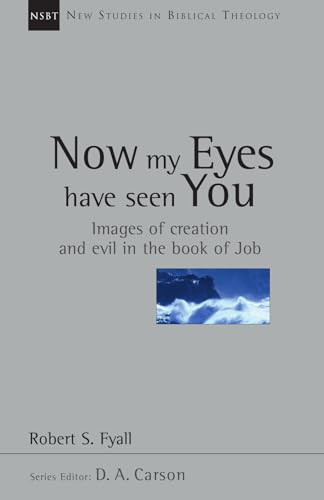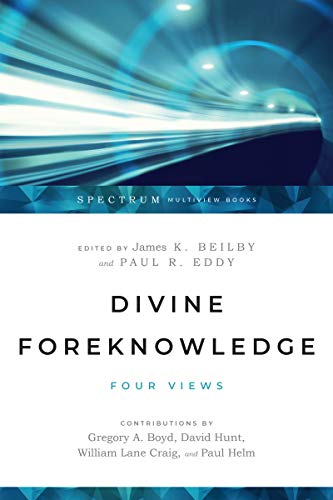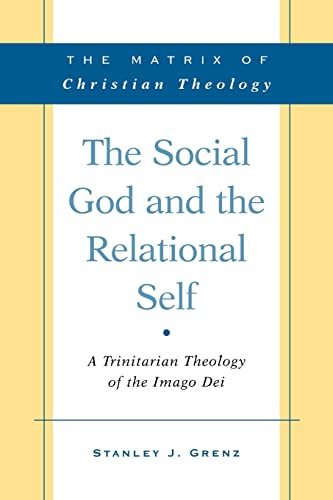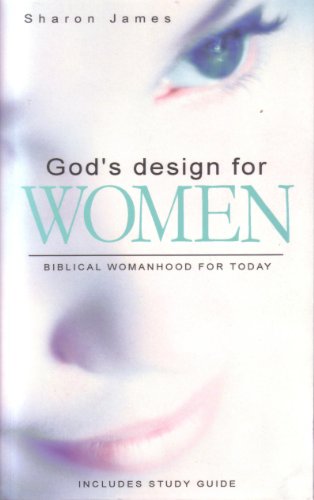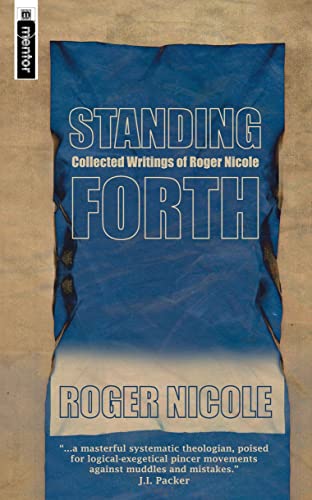NOW MY EYES HAVE SEEN YOU, (NSBT 12)
Written by Robert S. Fyall Reviewed By Cecil GrantThis book is the reworking of the author’s 1991 doctoral dissertation, in which his main argument is that the Book of Job is less concerned with issues of human suffering than it is with the relationship between God’s creation and the presence of evil in that creation. Unfortunately the weakest section of the book is the first chapter. Fyall sets out to introduce the literary characteristics of Job, and examines some of the variety of theories that have been put forward in his regard. At times, however, the way he deals with these alternative theories can appear unbalanced and unnecessary. Hopefully readers will not be put off by this opening section, because the substance of the book is worth more attention.
In chapter 2 there are some very interesting comments on the legal imagery used throughout Job. In particular the analysis of Job 19:25 will serve as an encouragement to many preachers who have felt robbed of this text for so long. Job’s appeal to the heavenly court places God as both his judge and his adversary, and in so doing highlights one of the main problems of the book, namely how God can be at one and the same time the origin of all that is good and also the one who carries ultimate control over those powers which are evil.
In chapters 3 and 4 Fyall looks at how this problem is manifest in the way nature is portrayed in Job. Fyall carefully argues that there is a delicate relationship between the creation which God has termed good and the creation which also causes storm and destruction. Specifically he focuses on the identity of Behemoth and Leviathan. Fyall rejects the idea that these creatures can be given a purely natural explanation and argues that in Job Behemoth and Leviathan represent the twin forces of death and Satan. From this standpoint, Fyall then makes several useful observations on the issue of theodicy and the place of dualism in the theology of Job. His main argument is that in creation God made powers other than himself with the capacity to rebel and disobey. As a consequence, the whole of creation has become permeated with an unsettling presence of evil. Job’s story is therefore that of someone caught up in the struggle between good and evil within the created order. The revelation of God at the end of the book shows that though these forces are powerful, nevertheless having been created by God they are subordinate to God.
This focus on the significance of natural imagery within Job and the theological interpretation which Fyall places upon that imagery is perhaps the greatest contribution which the book has to make. Other readers will value Fyall’s repeated interaction with NT texts and the way he relates imagery in Job to the use of similar imagery throughout the Bible. On the whole, however, the book will be of most value to those who are already familiar with Job and with the issues that surround it.
Cecil Grant
Wellington Street Presbyterian Church, Ballymena


